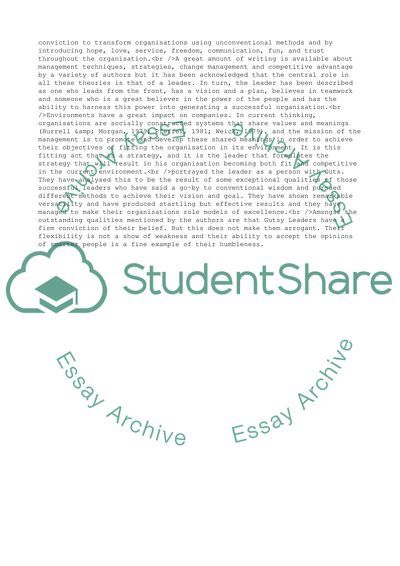Cite this document
(Deconstruction of Leadership paper on Guts: Companies that blow the Article, n.d.)
Deconstruction of Leadership paper on Guts: Companies that blow the Article. https://studentshare.org/management/1544205-deconstruction-of-leadership-paper-on-guts-companies-that-blow-the-lid-off-business-as-usual
Deconstruction of Leadership paper on Guts: Companies that blow the Article. https://studentshare.org/management/1544205-deconstruction-of-leadership-paper-on-guts-companies-that-blow-the-lid-off-business-as-usual
(Deconstruction of Leadership Paper on Guts: Companies That Blow the Article)
Deconstruction of Leadership Paper on Guts: Companies That Blow the Article. https://studentshare.org/management/1544205-deconstruction-of-leadership-paper-on-guts-companies-that-blow-the-lid-off-business-as-usual.
Deconstruction of Leadership Paper on Guts: Companies That Blow the Article. https://studentshare.org/management/1544205-deconstruction-of-leadership-paper-on-guts-companies-that-blow-the-lid-off-business-as-usual.
“Deconstruction of Leadership Paper on Guts: Companies That Blow the Article”. https://studentshare.org/management/1544205-deconstruction-of-leadership-paper-on-guts-companies-that-blow-the-lid-off-business-as-usual.


